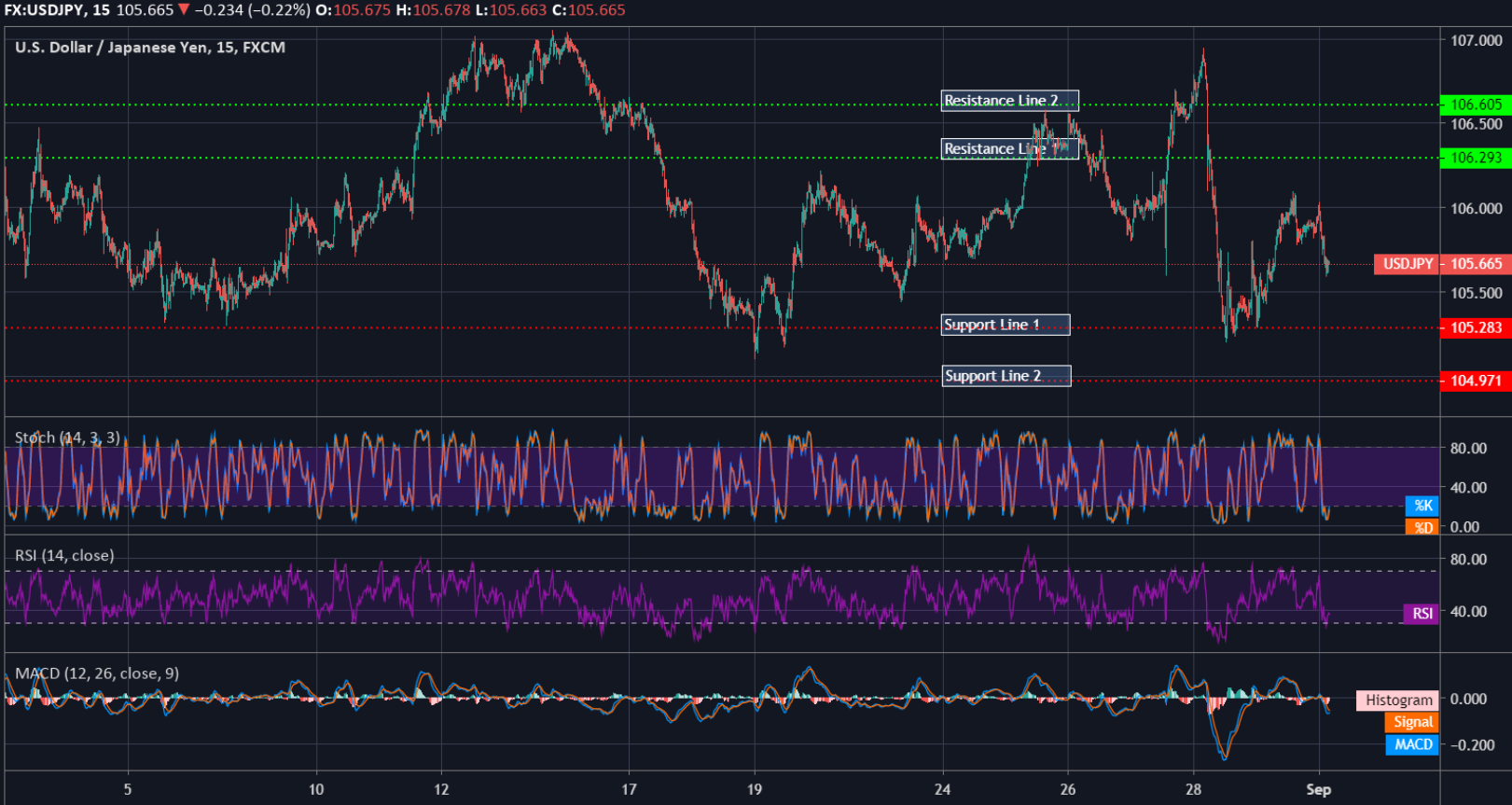
EQUITIES
Asian shares mostly reversed earlier losses in the opening trade. South Korea’s KOSPI led the gain at 0.93%. Mainland Chinese stocks that were lower in the morning of trading hours, reversed with the Shanghai composite gained 0.04%. Meanwhile, the Hong Kong’s Hang Seng index retreated -0.02%, and Japan’s Nikkei 225 down -0.08%. Singapore’s and the S&P/ASX 200 traded lower at -0.59% and -2.27%, respectively.
Overnight, The Dow Jones Industrial Average fell 227.7 points, or 0.79%, to 28,426.17, the S&P 500 lost 8.04 points, or 0.23%, to 3,499.97, and the Nasdaq Composite added 79.82 points, or 0.68%, to 11,775.46. In Europe, stocks closed lower on the day as financial shares were weighed down by soft inflation data in Germany and Italy.
OIL
Oil prices edged higher in the morning of Asian trading hours, as vaccine progress helps dampen demand uncertainty. Brent crude futures traded to $45.78 a barrel, while U.S. crude at $43.01.
On Monday, Brent closed at $45.28 per barrel, while WTI futures ended at $42.61 per barrel.
CURRENCIES
The dollar edged lower against a basket of major currencies on the day and suffered a fourth straight monthly decline, was last at 91.79, slip from 92 mark.
The dollar remained weak as investors adjust to the policy shift outlined by Federal Reserve Chair Jerome Powell last week.
The New Zealand dollar held steady at $0.676, near its strongest in two years. The Australian dollar traded near a two-year high against the dollar ahead of RBA policy meeting later Tuesday to gauge policymakers’ views on the economy.
GOLD
Gold currently trading at $1,973.00 per ounce, while stands around $1,979.90 per ounce for gold futures. Previously closed at $1,917.40 and $1,989.60, respectively.
Silver trading at $28.19, platinum trading at $929.00 and palladium trading at $2,143.00.
ECONOMIC OUTLOOK
Asian stocks looked traded mixed Tuesday morning of a new month following a softer Wall Street close while the dollar slipped as markets digested new Federal Reserve comments that suggested rates will stay low for an extended period.
U.S. Gulf Coast crude production is coming back online after companies cut operations ahead of Hurricane Laura.
Japan's Q2 capex sees biggest decline since 2010. Shed 11.3% in April-June YoY and 6.3% QoQ in April-June. PMI rose to 47.2 in August from 45.2 in July, marking the slowest contraction since February.
Chinese manufacturing activity in August expanding at the fastest pace in nearly a decade, with the Caixin/Markit manufacturing PMI coming in at 53.1 for the month.
In other parts of Asia, manufacturing activity rose in Taiwan and Indonesia, while slid in the Philippines, Vietnam, and Malaysia.
To date, number of confirmed worldwide cases for COVID-19 pandemic has surpassed 25.633 million affecting 213 countries and territories around the world and 2 international conveyances, recording more than 854 thousand fatality globally.
TECHNICAL OUTLOOK
[USDJPY]
Important Levels to Watch for Today:
- Resistance line of 106.293 and 106.605.
- Support line of 105.283 and 104.971.
Commentary/ Reason:
- The pair held steady at 105.665 yen.
- The yen was traded into a narrow range following the question on the replacement of the Prime Minister.
- Stochastic indicator entering undervalued ranges, with RSI also expected to follow into the same range later.
- The MACD is trading below its signal line and negative. The configuration is negative.















